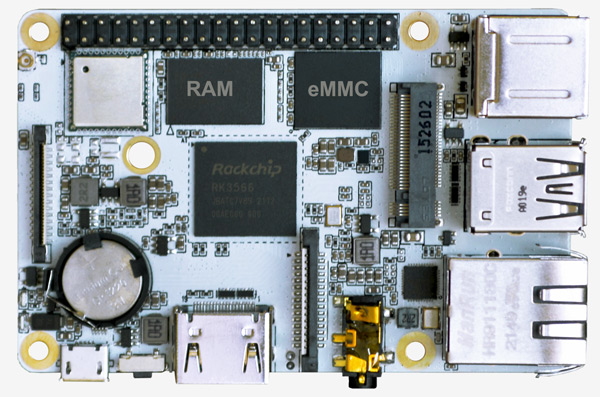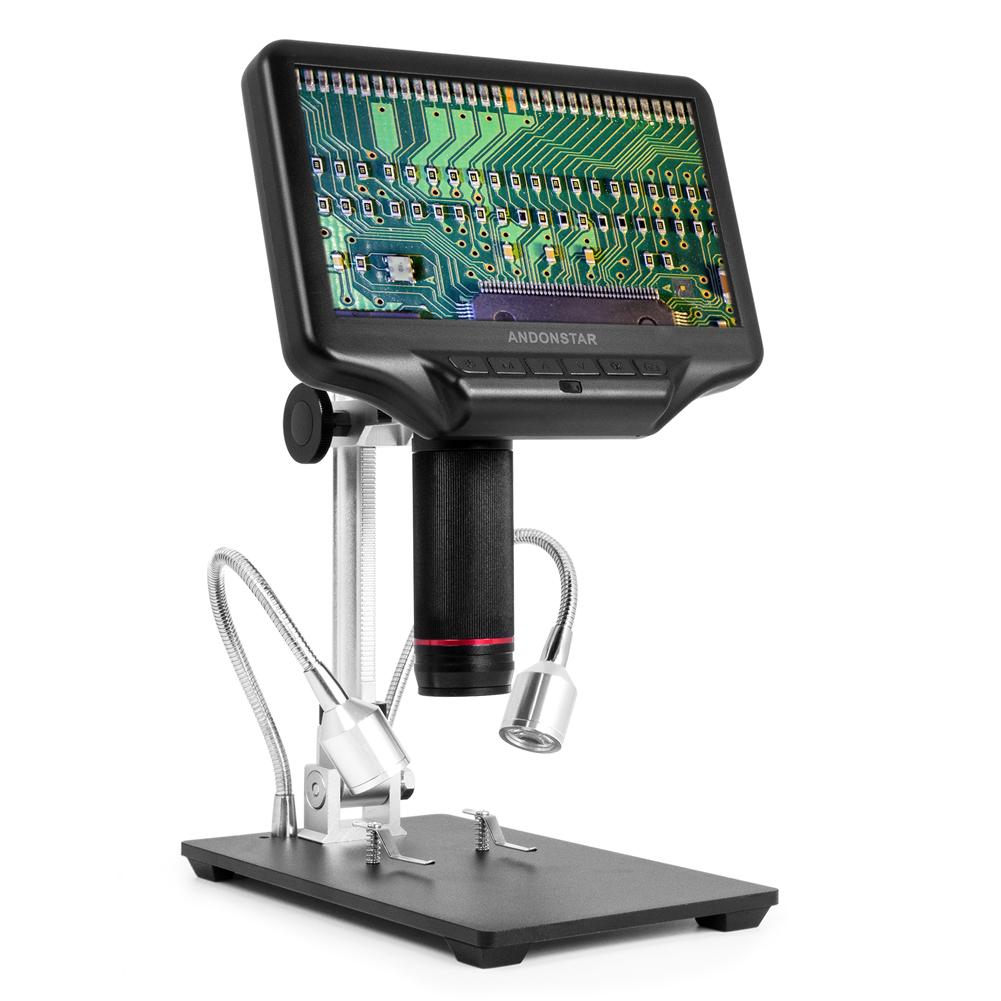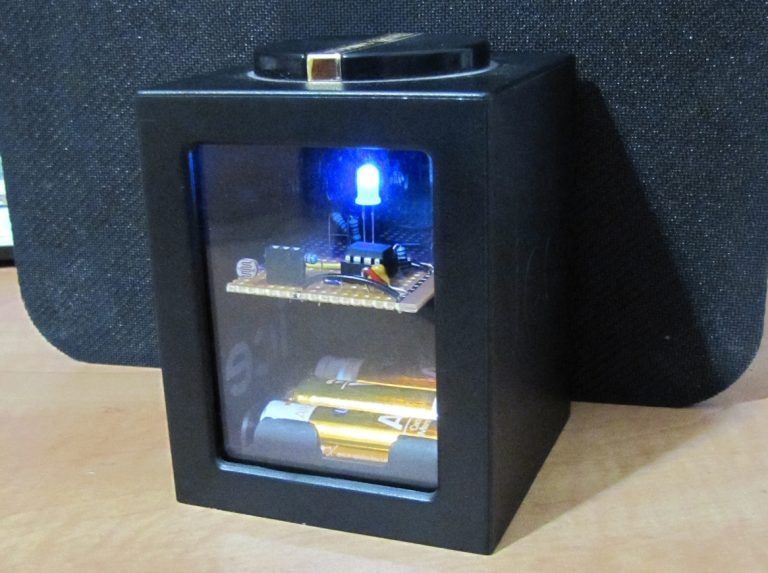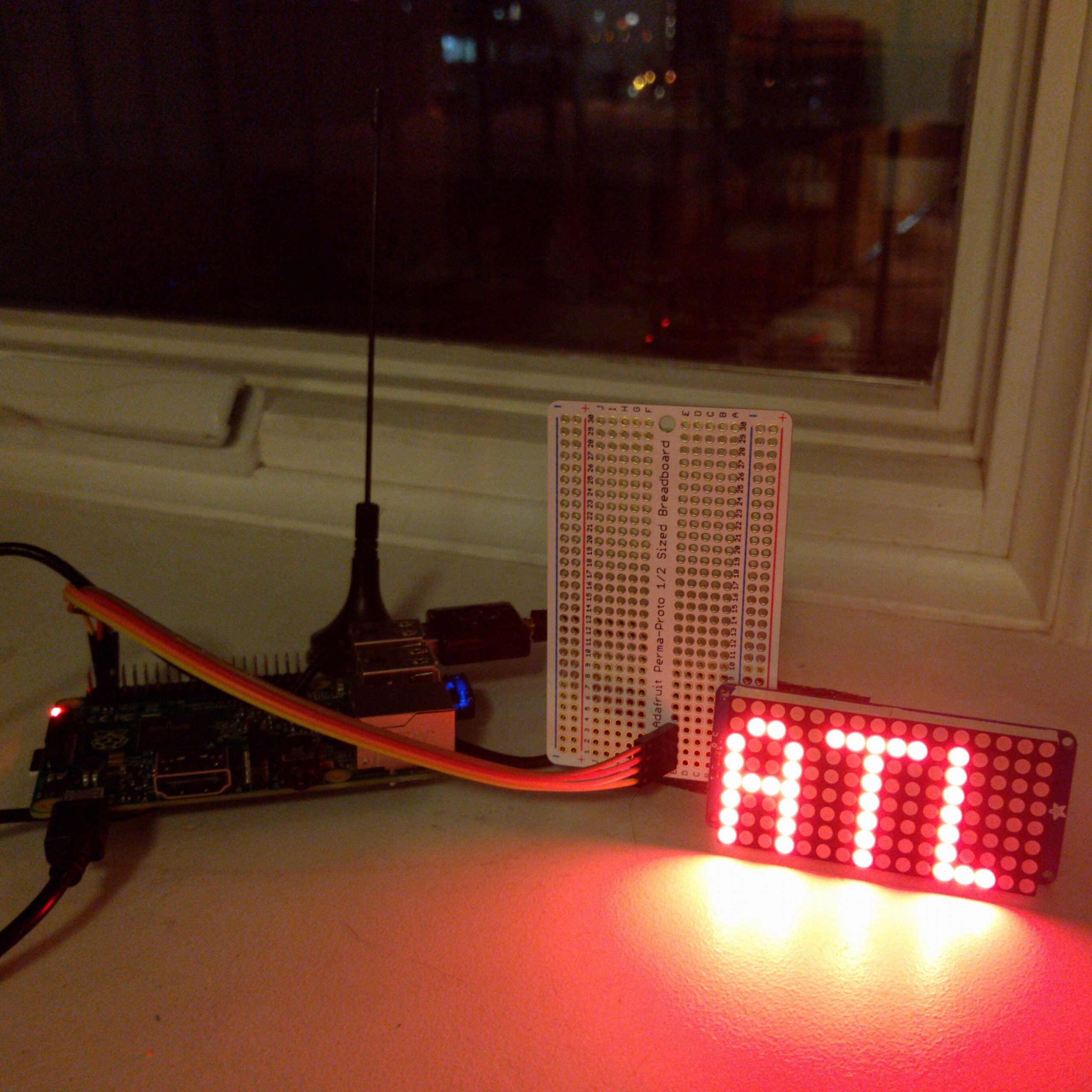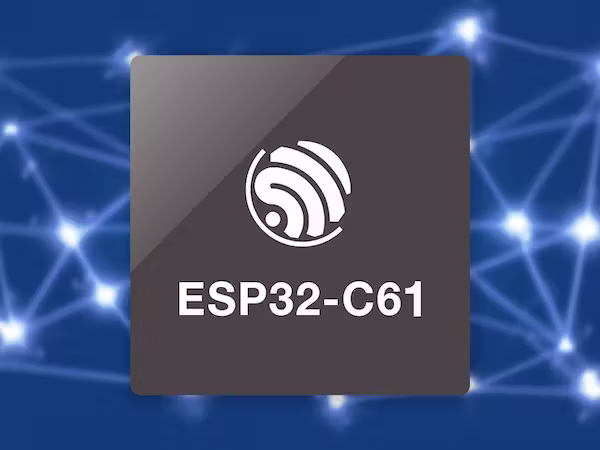
Introducing the ESP32-C61: Advanced Features and Compatibility for IoT Development
Espressif Systems, a prominent manufacturer of system-on-chip (SoC) solutions for IoT (Internet of Things) applications, has announced the impending launch of the ESP32-C61. This SoC is designed to meet the increasing demand for advanced Wi-Fi 6 capabilities alongside Bluetooth 5 technology. The ESP32-C61 represents a significant advancement over its predecessors, the ESP32-C2 and ESP32-C3 models.
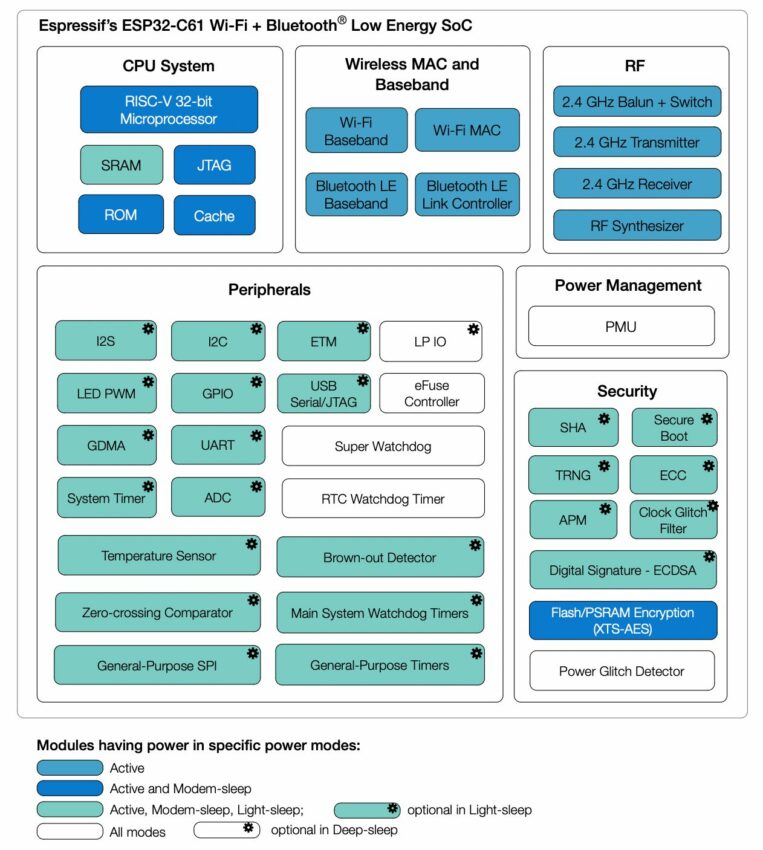
Key features of the ESP32-C61 include:
- Integration of Wi-Fi 6 and Bluetooth 5 Technologies: Wi-Fi 6, also known as 802.11ax, is the latest standard in wireless networking technology, offering higher data rates, increased capacity, and improved performance in dense environments. Bluetooth 5 provides enhancements in range, speed, and data broadcasting capacity over previous Bluetooth versions.
- Expanded Memory Options: The ESP32-C61 offers increased memory capacity compared to previous models. It includes 320KB of on-chip SRAM (Static Random Access Memory) and 256KB of ROM (Read-Only Memory). Additionally, it is compatible with Quad SPI flash memory, allowing for flexible storage options.
- Optimized Peripherals: The ESP32-C61 has optimized peripheral interfaces to facilitate seamless integration with various sensors, actuators, and external devices commonly used in IoT applications.
- 32-bit Single-Core RISC-V Microcontroller: The core processing unit of the ESP32-C61 is based on the RISC-V architecture, a modern and open-source instruction set architecture (ISA) known for its efficiency and flexibility. The microcontroller operates at up to 160 MHz, providing ample processing power for IoT applications.
- Quad SPI PSRAM Support: One of the standout features of the ESP32-C61 is its support for Quad SPI PSRAM (Pseudo-Static Random Access Memory). This allows developers to augment the on-chip memory with additional high-speed external memory, offering up to 120MHz data transfer rate. This expanded memory capability frees developers from memory constraints and enhances scalability for future IoT developments, enabling more complex applications and data-intensive processes.
Espressif Systems has announced the ESP32-C61 SoC, which combines Wi-Fi 6 and Bluetooth 5 technologies, offers expanded memory options with Quad SPI PSRAM support and is powered by a 32-bit RISC-V microcontroller for IoT applications.
The ESP32-C61 prioritizes security with features like secure boot, flash and PSRAM encryption, and cryptographic accelerators. Its hardware-based ECDSA Digital Signature Peripheral safeguards private keys from software breaches. Additionally, it integrates a Trusted Execution Environment with an Access Permission Management hardware block and Physical Memory Protection for enhanced application security management.
The ESP32-C61 retains standard microcontroller peripherals such as I2C, I2S, SPI, UART, LED-PWM, ADC, Timers, and DMA, while introducing specialized peripherals like the Event Task Matrix and Zero-crossing comparator for enhanced automation and detection capabilities. It remains compatible with Espressif’s IoT Development Framework (ESP-IDF) and ESP-Matter-SDK for Matter protocol compatibility. Additionally, firmware options like ESP-Hosted and ESP-AT enable usage as a communication co-processor with an external host. For more details, refer to the official product announcement or contact Espressif’s customer support.





